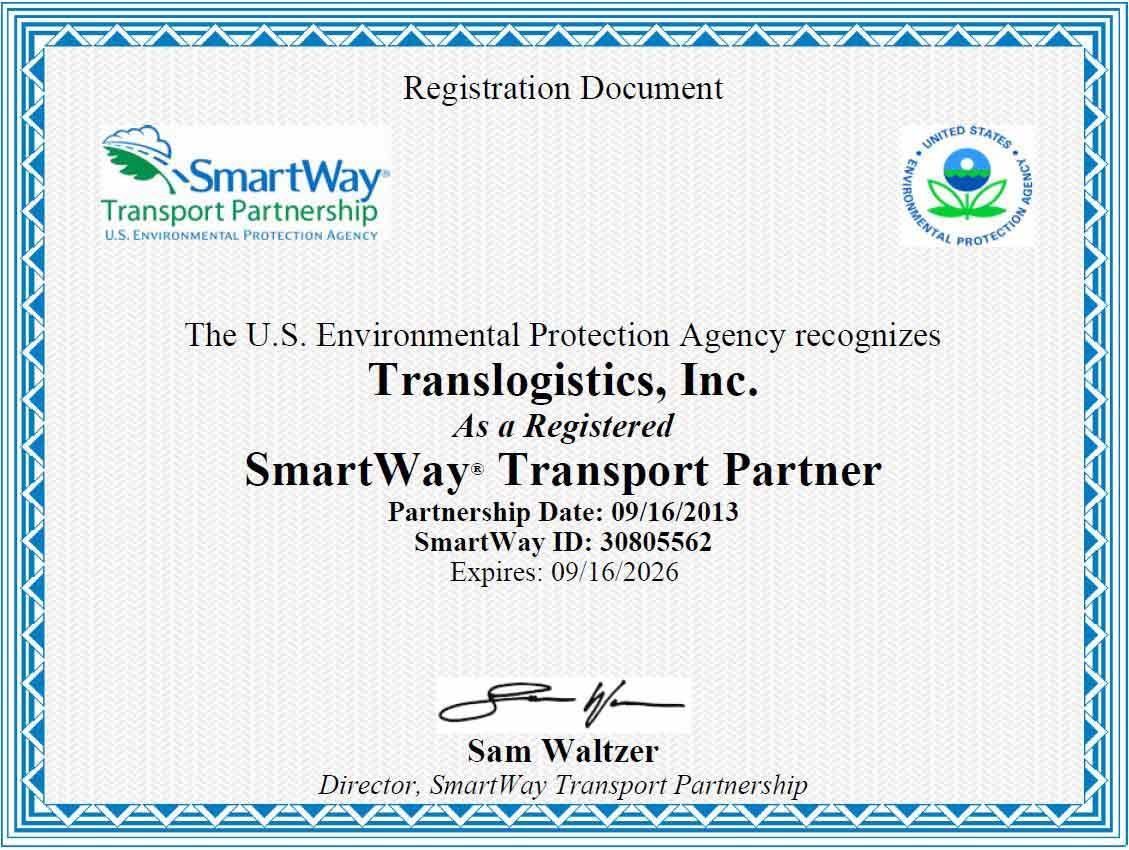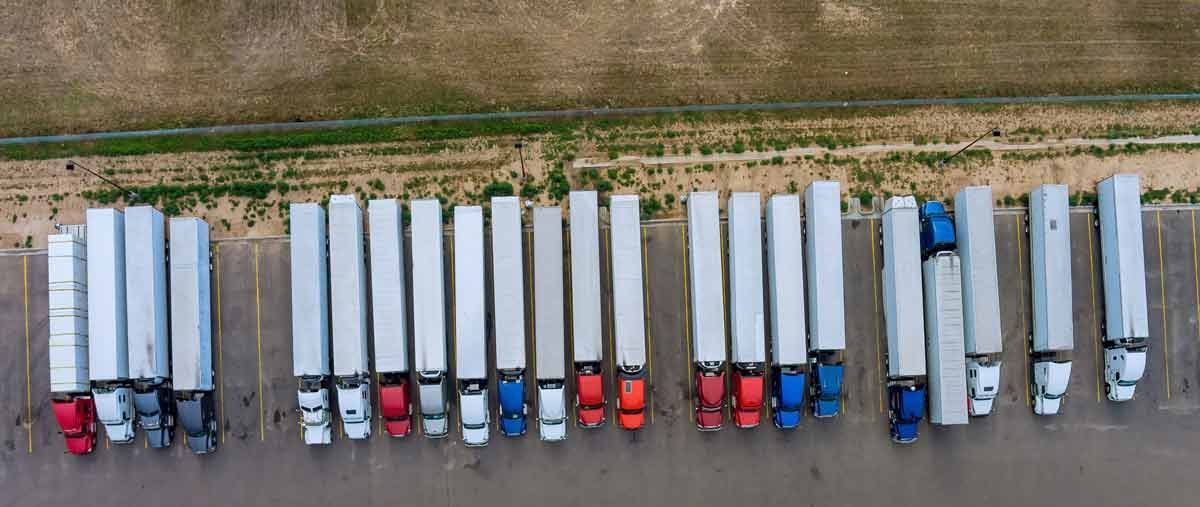CVSA Hazmat Committee: Safeguarding Hazardous Transportation
What is the CVSA Hazmat Committee?
Transporting hazardous and dangerous goods across the United States is a complex and critical undertaking that requires meticulous planning, stringent regulations, and robust safety measures. To ensure the safety of both the general public and those involved in the transportation process, regulatory bodies play a pivotal role in establishing and maintaining safety standards. Among these bodies, the Commercial Vehicle Safety Alliance (CVSA) Hazmat Committee stands out as a key player in overseeing the transportation of hazardous materials. In this article, we will explore what the CVSA Hazmat Committee is and how it serves shippers and carriers involved in the transportation of hazardous and dangerous goods across America.
The Commercial Vehicle Safety Alliance (CVSA) is a nonprofit association comprised of representatives from local, state, provincial, territorial, and federal motor carrier safety officials and industry stakeholders in the United States, Canada, and Mexico. This alliance aims to achieve uniformity, compatibility, and reciprocity of commercial motor vehicle inspections and enforcement activities throughout North America.
The CVSA Hazmat Committee, one of the committees under the CVSA umbrella, specifically focuses on the transportation of hazardous materials (hazmat) and dangerous goods. These materials can include explosives, flammable substances, toxic chemicals, radioactive materials, and more. The committee's primary goal is to develop and promote uniformity in the regulations, standards, and practices related to the transportation of hazmat freight, thereby enhancing safety and minimizing risks associated with these materials.
CVSA Hazmat Committee Purpose: Serving Carriers & Shippers
The CVSA Hazmat Committee serves as a crucial link between regulatory agencies, industry stakeholders, shippers, and carriers involved in the transportation of hazardous and dangerous goods.
Here's how the committee serves these key players:
1. Development of Uniform Standards: The committee works diligently to develop and recommend uniform hazardous materials regulations and enforcement practices. These standards ensure that hazmat goods are transported consistently and safely across different jurisdictions, minimizing confusion and regulatory conflicts for shippers and carriers operating across state and international borders.
2. Regulatory Guidance: The CVSA Hazmat Committee provides guidance and clarification on the complex and ever-evolving regulations governing the transportation of hazardous materials. Shippers and carriers can turn to the committee for interpretation and understanding of the rules, helping them comply with the regulations and avoid violations.
3. Training and Education: The committee plays an active role in providing training and educational resources to industry professionals. Shippers and carriers can access valuable training materials, workshops, and seminars to enhance their understanding of hazmat regulations, best practices, and safety measures.
4. Industry Collaboration: By acting as a platform for collaboration, the committee fosters dialogue between regulatory agencies, industry associations, and stakeholders. This collaboration ensures that regulations are informed by industry expertise and practical insights, leading to regulations that are effective and feasible to implement.
5. Safety Promotion: Ultimately, the committee's primary purpose is to promote safety in the transportation of hazardous materials. By developing and advocating for rigorous safety standards, the committee helps prevent accidents, leaks, spills, and other incidents that could have devastating consequences for public safety, the environment, and the individuals involved in the transportation process.
The CVSA Hazmat Committee serves as a vital entity within the larger framework of commercial vehicle safety in North America. By focusing on the transportation of hazardous and dangerous goods, the committee contributes to a safer and more efficient transportation system. Through the development of uniform standards, regulatory guidance, education, and collaboration, the committee supports shippers and carriers in their efforts to navigate the intricate landscape of hazmat transportation regulations while prioritizing the safety of all those who interact with these materials.
TLI Insights
Get the latest logistics insights and tips from TLI's award-winning team. Stay ahead in transportation planning.
Questions? Email us at marketing@shiptli.com




